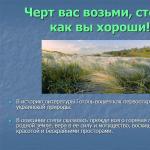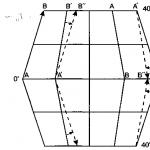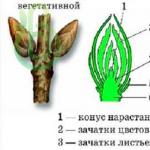The history of our country is fraught with many interesting and important events, the names of prominent figures and the names of those cities and regions where they worked and lived. So, in the history of Ancient Russia, the Vladimir-Suzdal principality was of great importance, with which many outstanding names and events were associated.
Unfortunately, much less is said about its history, location and inhabitants. Today we will discuss both the geographical position of the Vladimir-Suzdal principality and its other characteristics.
Basic information
Previously, it was called the Rostov-Suzdal land, and was located in the interfluve of the Oka and Volga. The area has always been remarkably fertile soils. It is not surprising that by the beginning of the 12th century a large and well-established system of boyar land ownership had developed here. Since there were many forests in those parts, all plots of fertile land were located between them. They got the name opolium (the term comes from the word "field"). For a long time, the city of Yuryev-Polsky was located on the territory of the principality (it was just located in the opol zone). What were the Vladimir-Suzdal principality?
If we compare these places with the Dnieper region, the climate here was rather harsh. The harvests were relatively large (for those times), but fishing, hunting and beekeeping, which were developed in those parts, gave a good “earnings”. The peculiar geographical position of the Vladimir-Suzdal principality and its rather harsh conditions led the Slavs to come here late, having encountered the indigenous Finno-Ugric population.
Moving away from the centers of civilization of those times also led to the fact that the Vladimir-Suzdal lands resisted the forcible planting of Christianity from Kyiv for the longest time.
Geographical position
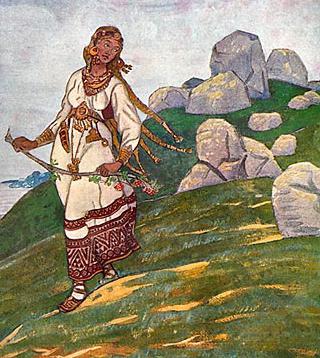
People were attracted here by a unique geographical position: the land was protected from attack from all sides by full-flowing rivers, huge swamps and impenetrable forests. It should not be forgotten that the geographical position of the Vladimir-Suzdal principality was good because its southern borders were covered by other Slavic principalities, which protected the population of these lands from nomadic invasions.
The prosperity of the principality was also based on a huge number of fugitive people who fled to the local forests from all the same raids and exorbitant extortions of princely henchmen.
The main characteristics of the Vladimir-Suzdal principality
Comparable characteristic | Short description |
The main branch of the national economy | First hunting and fishing, then farming |
Attractiveness to the alien population | Very high, since in these lands people could hide from the arbitrariness and oppression of the authorities |
Advantageous geographical location | Extremely profitable, since the principality was located at the intersection of the most important trade routes of that time |
The rate of urban development | Cities developed at an extremely high rate, as they were facilitated by a rapid influx of population. |
The nature of princely power | Unlimited, all important decisions he made alone |
This is what distinguished the Vladimir-Suzdal principality. The table describes its main aspects well.
About profitable trading
On the lands of the Vladimir-Suzdal principality ran which connected these lands with the East. Trade here was extremely profitable. It is not surprising that a strong and wealthy boyars quickly appeared in these lands, which were not enthusiastic about Kyiv, and therefore constantly started secession and strove for independence. Thus, the very geographical position of the Vladimir-Suzdal Principality contributed to the creation of a rich and durable “state within a state”.
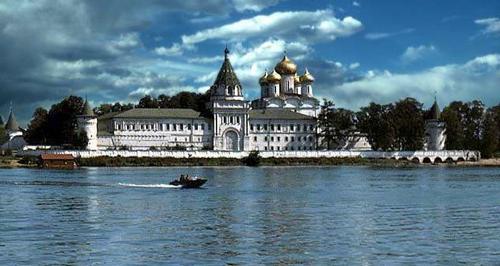
It also helped them in striving for this that the princes turned their attention to these lands rather late, since places on the throne in remote lands were intended exclusively for younger sons, whom it was desirable to remove from Kyiv. Only when Monomakh came to power did the strength and greatness of the state begin to grow rapidly. That is why the Vladimir-Suzdal Principality became the hereditary patrimony of the Monomakhoviches, the map of which was quickly overgrown with new lands.
Strong ties were established between the local lands-volosts and the descendants of Vladimir Monomakh, here, earlier than in other lands, they got used to perceive the sons and grandsons of Monomakh as their princes. The influx of heritage, which caused intensive growth and the emergence of new cities, predetermined the economic and political rise of the region. In the dispute for power, the Rostov-Suzdal princes had significant resources at their disposal.
Opole
Agriculture in those days required remarkable perseverance. But in the conditions of the Vladimir-Suzdal lands, even it did not give any guarantees. From one tithe in the XII century, under the most optimal set of circumstances, it was possible to collect no more than 800 kg. However, at that time it was just fine, and therefore the Vladimir-Suzdal principality, whose characteristics are given in the article, quickly grew rich.
But the economy of local peasants was especially dependent on cattle breeding. They bred almost all breeds of livestock: cows and horses, goats and sheep. So, at archaeological excavations in those parts, they find a lot of iron scythes that were used to make hay. Of great importance was the breeding of horses, which were massively used in military affairs.
"Fruits of the Earth"
Approximately in the XII century, gardening also arose. His main tool in those years were blades with metal fittings (“stigma”). Especially a lot of them were found in Suzdal. In the Nativity Cathedral of the city there is an image of Adam. The caption to the drawing explained that "Adam was digging the earth with his stigma." Thus, the whole history of the Vladimir-Suzdal Principality is inextricably linked with the constant improvement of the skills of its inhabitants.
Approximately in the same centuries, horticulture began to develop intensively. Surprisingly, then it was the lot of only the townspeople. This is again confirmed by numerous archaeological excavations, during which a large number of remains of old apple orchards were found. Traditions also say that since the XII century, a large number of cherry orchards began to be planted on the territory of the principality. Contemporaries wrote that the cities of the Vladimir-Suzdal principality are the "pearl of Russia."
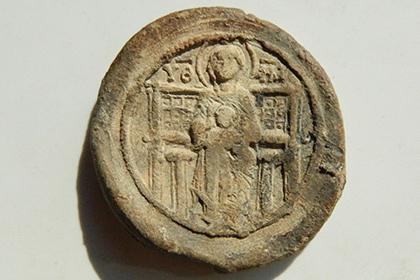
Despite the abundant trade, agriculture and gardening that began to develop, the population continued to intensively engage in beekeeping, hunting and fishing. During the excavations, a huge number of nets, hooks, floats and the remains of caught fish are found. What else did the Vladimir-Suzdal Principality hide in itself? Its characterization will be completely incomplete if we do not talk about the crafts that its inhabitants were engaged in.
crafts
Without artisans, it is impossible to imagine the life of any principality in those years. Interestingly, in those centuries, the specialization of craftsmen differed only in the finished product, and not in the material. So, the saddle maker had to perfectly know not only the methods of processing the skin, but also the various methods of chasing, with the help of which he decorated his product, making it as attractive as possible to potential buyers. Since artisans settled exclusively on a “related” principle, entire artisan settlements quickly arose in the cities.
In some houses, special working furnaces for smelting were even found, which were installed next to those in which food was cooked. Some artisans worked exclusively on commission. Another, much more numerous category of craftsmen made mass products for their sale in city markets and direct sale to visiting merchants who were very fond of the Vladimir-Suzdal principality. Let's briefly talk about other activities that were common among the local population.
Since the same XII century, all the same crafts that were popular throughout the rest of Kievan Rus were intensively developed here. However, from the annals of that period it follows that woodworking quickly became the main occupation of the local population. During all the excavations, a lot of tools for working with wood are found. No less ancient craft in those parts was pottery.
Development of pottery in the Principality
Evidence of active development is the construction of the Assumption Cathedral at the end of the XII century. On the banks of the small river Kamenka, they found the remains of three huge kilns, each of which could be loaded with five thousand bricks at a time. It is assumed that in the same period, local craftsmen also mastered the production of self-leveling tiles. Their dimensions reached 19x19 cm, which at that time was a real technological breakthrough. To make the tiles more beautiful, artisans used a huge range of various enamels and glazes.
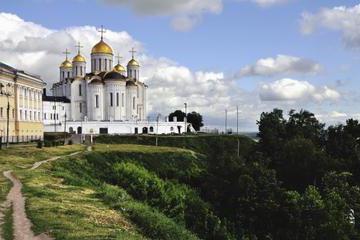
Thanks to such a wide and rich assortment of goods, the development of the Vladimir-Suzdal principality went by leaps and bounds, as money poured into its treasury in a wide stream.
The art of stone processing
The stone-cutting craft began to develop from the end of the 12th century, and the masters very quickly reached outstanding heights in their work. In the cities of the principality, many stone-cutting artisans appeared. It is no coincidence that many Suzdal boyars contemptuously called the people of Vladimir "serfs and masons." In the late 40s, a separate artel of masons appeared in Suzdal. It was her masters who took the most active part in the construction of churches in the cities of Pereslavl-Zalessky, Yuryev-Polsky, Suzdal. In addition, they also built a country residence in Kideksha.
The development of blacksmithing
The blacksmith craft in these parts was also very widespread and was very developed. If we again return to the topic of excavations, then during their course they discover a huge amount of blacksmith tools. Near the city of Vyazniki, many samples of swamp ore were found in private houses, which allows us to conclude that this craft was widespread among the people who inhabited the Vladimir-Suzdal principality. In short, they were excellent craftsmen.
The crowning achievement of the local blacksmith craft was the magnificent crosses of Uspensky and decorated with a figurine of a dove-weather vane, made of copper with the finest skill. But the Nativity and Assumption Cathedrals of Vladimir with their luxurious copper floors easily cross out all this.
gunsmithing
But especially in those days, the category of gunsmiths stood out from the local blacksmiths. It was they who made the sholom of Yaroslav Vsevolodovich and Andrey Bogolyubsky, who should be considered examples of not only blacksmithing, but also jewelry. Local chain mail was especially famous.
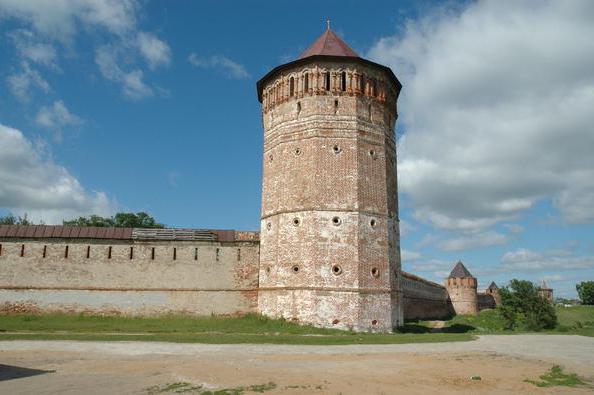
In addition, archaeologists were impressed once they found a fortress bow, from which even seven arrows were preserved. The length of each of them was about 170 centimeters, and the weight was immediately 2.5 kilograms. Most likely, it was their ancient chroniclers who called them "shereshirs". The masters who were engaged in the manufacture of shields were especially valued.
As archaeologists found out, Suzdal and Vladimir blacksmiths were able to make at least one and a half hundred samples of steel products, while mastering more than 16 different specialties.
Weaving and working with fabrics
Weaving was widespread here, as well as various types of spinning. During the excavations, not only many tools of these crafts were found, but also the remnants of fabrics. It turned out that Russian craftswomen in these parts knew up to fifty sewing techniques, including the most sophisticated ones. The materials were very different: leather, fur, silk and cotton. On the fabrics, in many cases, magnificent embroidery with silver thread has been preserved.
Since cattle breeding has long been developed in the principality, there were also enough tanners in these parts. Suzdal craftsmen became famous far beyond the borders of their homeland for the exceptional quality of yuft and morocco boots. In support of this, Professor N. N. Voronin, well-known in his circles, found many “dead ends” during excavations in some courtyards. So in those days they called pieces of cow ribs used in the mechanical processing of leather.
Bone processing
The skill of bone carvers was also known to the locals. Numerous bone buttons, combs and other household items are found in almost every trench at the excavations. Approximately in the same period, jewelry craftsmanship also became relatively widespread. Both in Vladimir and in Suzdal, numerous casting molds of coppersmiths were found. Jewelers, as it turned out later, used more than 60 types of molds for various purposes in their work. Those craftsmen who worked with gold items enjoyed special respect in society.
They found both bracelets and all kinds of necklaces, pendants and buttons, which were masterfully decorated with enamels with a very complex production cycle. Vladimir craftsmen managed to pull out a kilometer of the thinnest thread from just one gram of silver!
Economic development
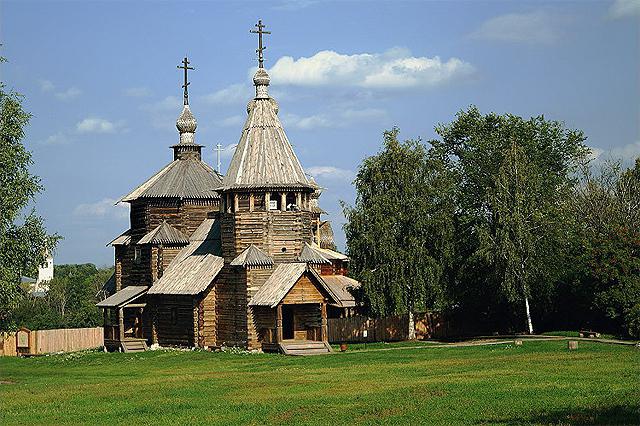
What other features of the Vladimir-Suzdal principality were there? As we have already said, the rapid development of the economy was closely connected with the most important trade routes that ran through its territory. Archaeologists have found several warehouses of oriental coins (dirgems), which unambiguously confirmed the closest trade ties between Vladimir and Suzdal with distant countries. But internal trade also flourished: this was especially noticeable in relations with Novgorod, with which local merchants conducted grain trade.
No less intense was trade with Byzantium, as well as many European countries. River delivery routes were especially quoted. However, local princes always strictly kept order on land trade routes, as discord in relations with merchants could have a very negative impact on the well-being of the lands.
These were the features of the Vladimir-Suzdal principality.

